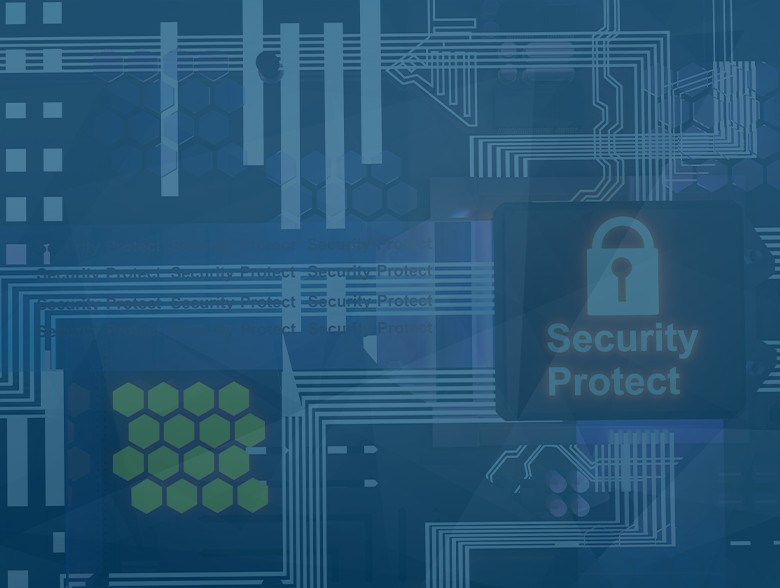By James Hess, CEO of Unknown Cyber
Cybersecurity is a critical issue that affects organizations of all sizes and industries, but it can be particularly challenging in environments of high uncertainty. The challenges of these environments may include rapidly changing technology, a lack of standardization, and a lack of clear regulations or guidelines. In these situations, it is essential for organizations to take proactive measures to protect their networks and data.
One of the biggest challenges is the rapid pace of technological change. New technologies and devices are constantly being developed and deployed, and they can introduce new vulnerabilities into an organization’s network. For example, the widespread adoption of the Internet of Things (IoT) has led to a proliferation of connected devices, many of which have poor security and can be easily hacked. This has led to an increase in cyber-attacks on these devices, which can compromise an organization’s network and data.
Another challenge is the lack of standardization. Without clear standards for security, it can be difficult for organizations to know what measures to take to protect their networks and data. This can lead to a patchwork of security solutions that may not be effective or that may be incompatible with other systems.
In addition to these challenges, the lack of clear regulations or guidelines can make it difficult for organizations to know what is expected of them in terms of security which lead to further confusion and uncertainty.
Despite these challenges, it remains essential for organizations to take proactive measures to protect their networks and data. This can include implementing robust security protocols and technologies, such as firewalls, intrusion detection and prevention systems, and encryption. It can also include regular security assessments and penetration testing to identify and address vulnerabilities in the network.
Another important step is ensuring that all employees are trained on security best practices and are aware of the risks associated with the use of technology. This can include educating employees on the importance of strong passwords, avoiding phishing scams, and being vigilant about suspicious activity on the network.
In addition, organizations should also consider implementing security incident response plans to ensure that they are prepared to respond quickly and effectively in the event of a cyber-attack. This can include identifying key stakeholders, establishing clear roles and responsibilities, and rehearsing incident response procedures.
Finally, organizations should also stay informed about new security threats and technologies and be prepared to adapt their security strategies as needed. This can include staying up-to-date with the latest security research and attending industry events and conferences.
In conclusion, cybersecurity is a critical issue that affects organizations of all sizes and industries, but it can be particularly challenging in environments of high uncertainty. To protect their networks and data, organizations must take proactive measures to implement robust security protocols and technologies, educate employees on security best practices, and stay informed about new security threats and technologies. By taking these steps, organizations can reduce the risk of cyber attacks and protect their valuable assets.
About the Author
 James is the CEO of Unknown Cyber. Commercialized from DARPA research, Unknown Cyber identifies unknown malware by automatically Unpacking, Deobfuscating, Reverse Engineering and Attributing new malware variants before the rest of the world. James is an Army Intelligence Officer and Aviator and has led and Commanded some of their newest organizations during his 24+ years of service. He was member of the first Louisiana Cyber Defense Incident Response Team and lead the 75th Innovation Command’s Huntsville Unit before becoming Cyber Fusion Officer at the Army Reserve Cyber Protection Brigade. He is now an instructor for the Army Command and General Staff College. Prior to commissioning, he operated in Iraq as a USMC Scout Sniper for 3/23 Marines. He holds Master Degrees in Business, IT Management, and Data Science. He has a research background using neural networks to do feature recognition for remote sensing and is faculty for the Cybersecurity Program at Tulane University. He brought the first Hacking for Defense program to Tulane University which realized solutions for NSA, and The Air Force’s New 350th Spectrum Warfare Wing. James has judged in multiple rounds of Army Expeditionary Technology Search sponsored by the Assistant Secretary of the Army for Acquisition, Logistics, and Technology. He has consulted for multinational Corporations, multiple startups, and realized both OTA and SBIR selection from the Army and Air Force. He has demonstrated results in difficult environments of high uncertainty and solves problems as an approachable change manager who recognizes the strengths of team members and emphasizes them to create positive results for his Organization.
James is the CEO of Unknown Cyber. Commercialized from DARPA research, Unknown Cyber identifies unknown malware by automatically Unpacking, Deobfuscating, Reverse Engineering and Attributing new malware variants before the rest of the world. James is an Army Intelligence Officer and Aviator and has led and Commanded some of their newest organizations during his 24+ years of service. He was member of the first Louisiana Cyber Defense Incident Response Team and lead the 75th Innovation Command’s Huntsville Unit before becoming Cyber Fusion Officer at the Army Reserve Cyber Protection Brigade. He is now an instructor for the Army Command and General Staff College. Prior to commissioning, he operated in Iraq as a USMC Scout Sniper for 3/23 Marines. He holds Master Degrees in Business, IT Management, and Data Science. He has a research background using neural networks to do feature recognition for remote sensing and is faculty for the Cybersecurity Program at Tulane University. He brought the first Hacking for Defense program to Tulane University which realized solutions for NSA, and The Air Force’s New 350th Spectrum Warfare Wing. James has judged in multiple rounds of Army Expeditionary Technology Search sponsored by the Assistant Secretary of the Army for Acquisition, Logistics, and Technology. He has consulted for multinational Corporations, multiple startups, and realized both OTA and SBIR selection from the Army and Air Force. He has demonstrated results in difficult environments of high uncertainty and solves problems as an approachable change manager who recognizes the strengths of team members and emphasizes them to create positive results for his Organization.
https://www.linkedin.com/in/jhesstu/


